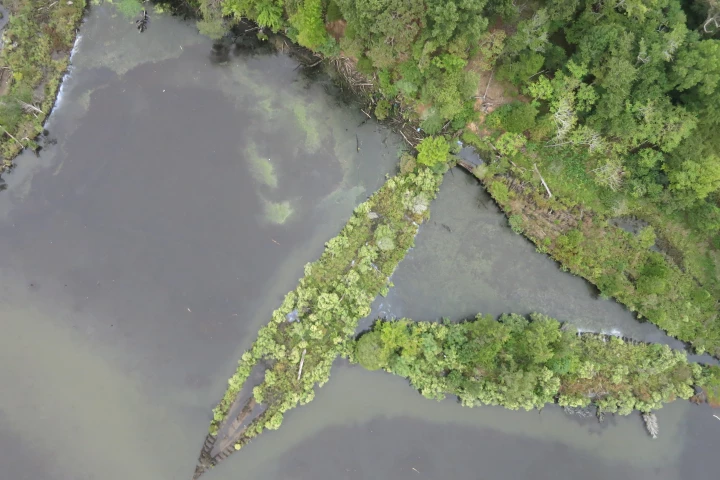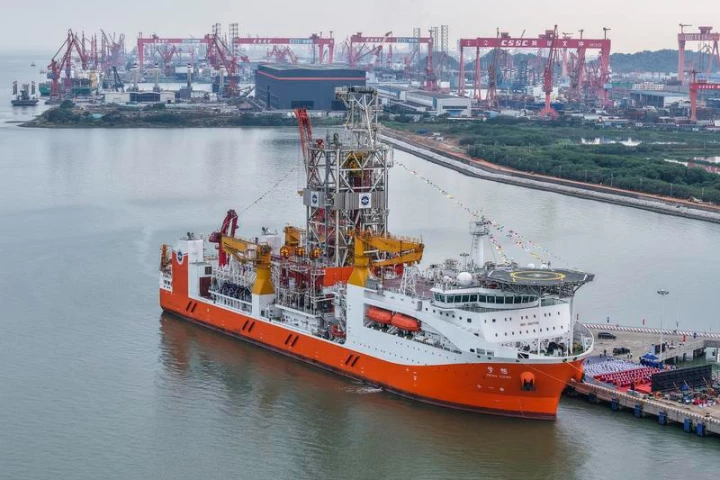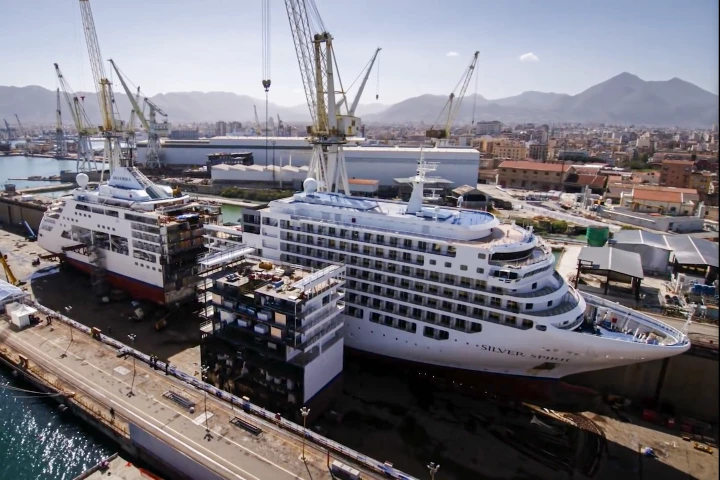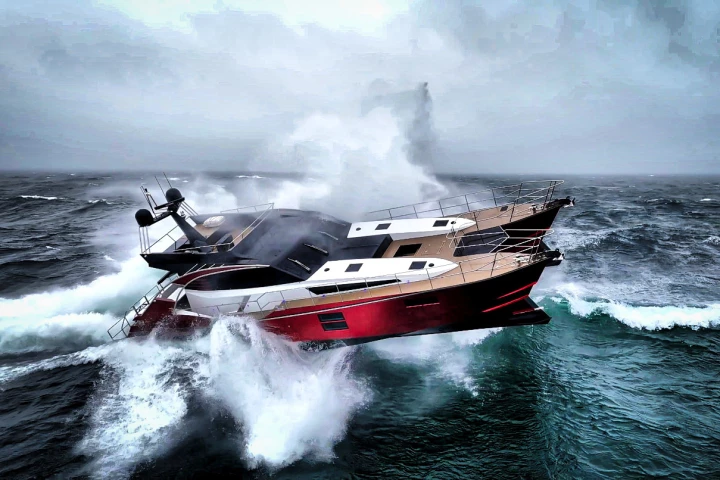Ships
-
It may resemble a minimalist aluminum catamaran with Cybertruck overtones, but BlackSea Technologies’ Modular Attack Surface Craft (MASC), being offered to the US Navy as a multi-mission autonomous warship, has more to it than meets the eye.
-
What will the Royal Navy's amphibious strike force of the future look like? Design consultancy BMT Group has its own answer as it unveils Ellida Strike concept multi-role strike vessel designed to put combat troops ashore without port facilities.
-
Old Nazi warheads and US warships have been reclaimed by a new army of diverse marine life, as scientists for the first time uncover how nature has made use of the munitions and fleets that ended up dumped in waterways during the two world conflicts.
-
China is going full Jules Verne as it prepares to go where no drill has gone before. As part of its Deep Ocean Drilling Program, the special-built Meng Xiang (梦想号, "Dream") drill ship is gearing up for a multi-year effort to pierce the Earth's crust.
-
The air at sea might be getting a bit cleaner as technology group Wärtsilä puts its Carbon Capture Solution (CCS) system on the market. The modular apparatus is claimed to capture as much as 70% of the CO2 emissions from cargo ship exhaust systems.
-
Autonomous warships have moved into the large fast-attack league as Eureka Naval Craft announces what it describes as the most advanced autonomous naval attack vessel in the world. It can carry 40 tonnes and reach speeds of up to 50 knots.
-
DARPA has launched a new prototype warship for the US Navy that not only won't need any sailors, it can't even accommodate them. The 180-ft (55-m), 240-tonne No Manning Required Ship (NOMARS) put to sea last month ahead of sea trials.
-
UK-based Core Power has announced that it plans to mass produce a fleet of floating nuclear power plants (FNPPs) using advanced reactor design and modular shipbuilding to be anchored off the US coast in about 10 years.
-
Although autonomous, uncrewed ships are now being trialled, those vessels still need human workers to moor them when they come into port. That could soon change, however, thanks to a new automated suction-based mooring system.
-
The US Navy and Scripps Institution of Oceanography's unique FLoating Instrument Platform (FLIP) has been saved at the last minute from the breaker's yard. Scheduled to be scrapped in Mexico, it was purchased by undersea design company DEEP.
-
Slicing huge cruise ships in half, then welding in an extra segment to lengthen them, is more or less a license to print money for cruise operators – so this 'jumboization' surgery is becoming very common. Let's take a look at how it's done.
-
Ireland's Safehaven Marine builds search and rescue craft, patrol boats and pilot boats designed to operate in "all weather" – up to and including Force 10 storms with waves up to 23 ft (7 m) high. The firm backs this up with some spectacular testing.
Load More











